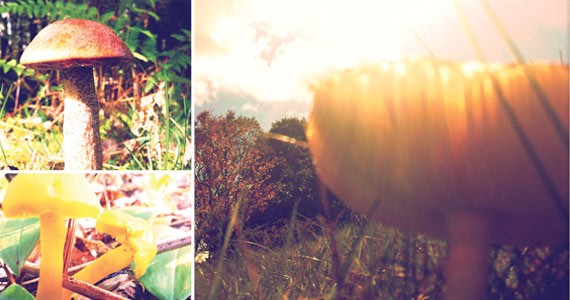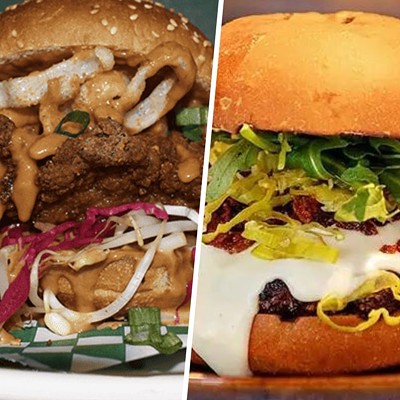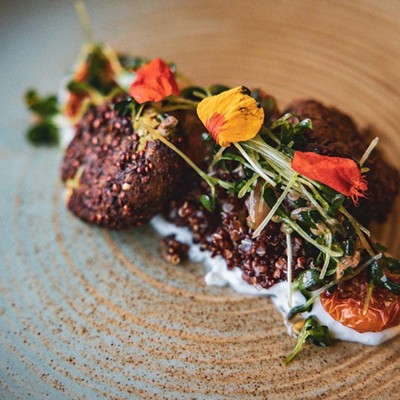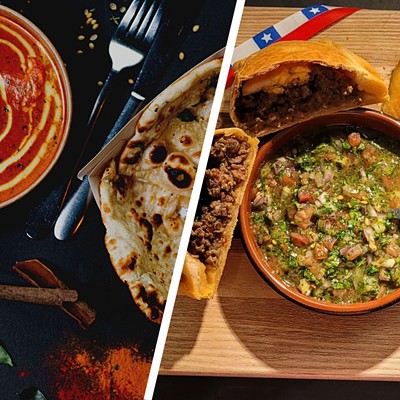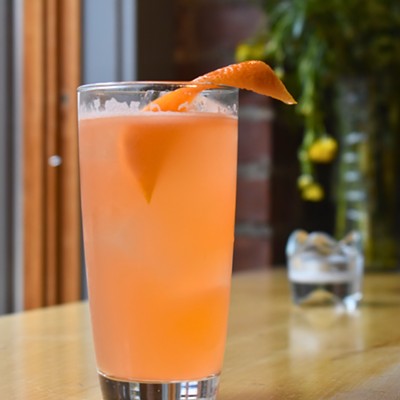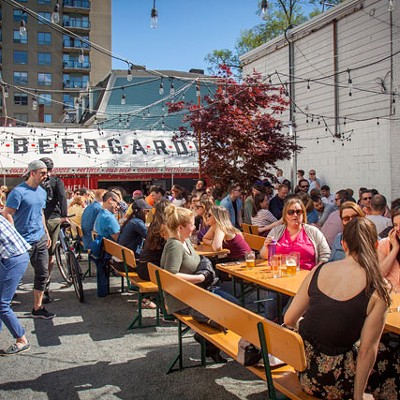Food lovers are always looking for new culinary adventures. They seek out ingredients from grocers, farmers' markets and beyond---some of them even forage for their own food. But the real renegades of this world are the men and women who seek out that elusive and potentially dangerous foodstuff: the wild mushroom.
The adventure of seeking and identifying mushrooms is part of the fun for Andrew Quon. Quon is a self-described "soft survivalist" who has a keen interest in sustainable and self-sufficient ways of feeding himself. He loves going out into the woodlands of his property in Lunenburg to find mushrooms. "Mushroom foragers that pick for the pot are seen by some as daring and reckless," he says.
Quon mentions a mycologist---one who studies mushroom---who can identify any mushroom that you throw at him, but refuses to eat them. Many edible mushrooms have inedible cousins---many mycologists often refer to books and websites. "My policy is to take as many steps as necessary to rule out false identification," says Quon, "but if there's any doubt, then it doesn't get eaten."
Bruce Stewart of the Nova Scotia Mycological Society (nsmushrooms.org) agrees. "People interested in picking mushrooms to eat must learn positive identification," he says. "Unless they only want to eat them once." For those who do wish to go out seeking mushrooms, there are some rather tasty morsels out there. "In Nova Scotia chanterelles may be the most prized, since they are excellent eating, plentiful and relatively easy to identify," says Stewart of the apricot-hued beauties. "The pine mushroom, or matsutake, is fairly common in Nova Scotia and is highly prized in Japan, and the most profitable crop picked in North America."
The NSMS often holds forays where mycologists mix and mingle. They're a passionate bunch. "Mushroom foragers are a unique breed of renegades with an ever-lasting adventurous flame burning within their being," says Shawn Meredyk, another amateur mushroom lover. "The caveat to mushroom picking and identification, is such that, it's really difficult to be 100 percent sure," he says. "Hence the renegade adventurous spirit and hours of reading identification keys and guides."
Meredyk's own search is a gastronomic and mycological link to his Polish roots, as his family used to forage and pickle them. "I enjoyed the idea of a mushroom-picking as a social event," he says. "And as a way to pass on positive and safe practices when picking mushrooms, which brought me to starting a tradition of mushroom-picking for myself."
Meredyk mentions that there is one big difference between mushroom pickers here and those from the old country: "In eastern Canada, mushroom-picking sites aren't guarded and with a little bit of asking around you'll find someone that knows 'a friend' that knows where some tasty mushrooms can be found." Those locations are often kept somewhat secret, for many reasons. Some foragers make money by selling their mushrooms and fear for their livelihood. But Meredyk points out there is a certain liability to it. "I won't give out a site unless the interested party is knowledgeable about fungi collection safe practices."
As to the picking part of this equation, a keen eye is key to success. Mushrooms are fickle things, often waiting for perfect conditions before they appear. Andrew Quon says that's part of the wonder of it all. "For the most part you've happened upon your edibles through walking a certain path in a vast forest, at just the right temperature, in just the right timeframe, with your eyes peeled in just the right way. It really takes time, luck and energy, which is all part of the fun!"

